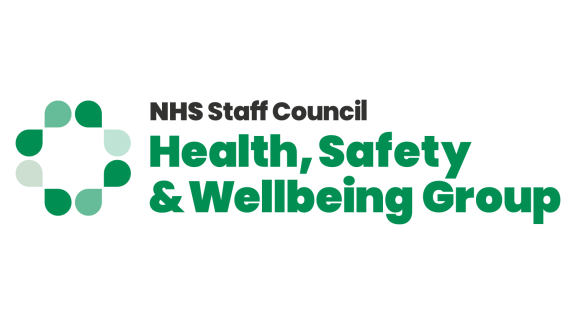Supporting staff who are shielding

Overview
Following the government announcement in March 2020 that people with certain health conditions should shield to reduce the risk of becoming seriously ill from COVID-19, Oxleas NHS Foundation Trust recognised it needed to support staff from all professions.
The impact on staff needing to shield was both psychologically profound and operationally challenging, so the trust took steps to create clear guidance for managers and offered visible support for staff affected.
Key benefits and outcomes
- Actions taken promoted a culture of inclusion.
- High levels of engagement with staff.
- Clear and timely guidance for managers.
- Retained skilled and experienced staff.
What the organisation faced
The declaration of COVID-19 as a global pandemic and the government announcement that over two million people in the UK should shield was a once-in-a-generation event that had significant implications for the trust and its staff.
The trust quickly identified what the organisational impact was and also the support individual staff would need. While the trust knew the disability status of 79 per cent of its workforce, they could not assume that all of these staff would be affected. Moreover, they did not have data for 21 per cent of their staff.
What the organisation did
Through ESR, the trust identified the staff who needed to shield and could not work in any capacity from home. The trust also put a call out to services to alert the trust’s equality lead and HR team of the staff who needed to shield but could still work from home. As a result, the list of staff that were confirmed as needing to shield grew from less than 50 to 140 – around 3 per cent of the total workforce. The trust then took the following steps:
- Agreed a single point of contact for all staff who were shielding.
- Held regular briefings with HR advisers and business partners.
- Ensured that reasonable adjustments, such as the equipment they’d use in the office, could be moved to be used at home and that flexible working arrangements continued.
- Contacted all staff who were shielding to alert them to the support available.
- Agreed clear local guidance that was issued to all managers and also shared through the trust’s COVID-19 e-bulletin.
- Introduced a fortnightly online forum and newsletter, which created a sense of community for staff who were shielding.
- Encouraged shielding staff to join the staff Disability Network.
- Agreed a return to work plan once the pause to shielding was announced.
- Ensured staff who were shielding received free gifts that were being distributed to frontline staff.
Results and benefits
As a result of the online sessions, newsletters and regular updates in COVID-19 communications, staff and managers felt informed about shielding and were able to use new ways of working remotely.
These actions have helped to acknowledge the psychological impact of shielding and have given staff a named point of contact for queries, support and empathy.
The trust measured progress through feedback that was gathered from ongoing online sessions with staff who were shielding. The trust is continuing to hold these sessions, but less frequently.
Overcoming obstacles
For many staff it was the first time they’d had to discuss their health condition with their line manager. For some staff this was really uncomfortable, and they were worried it could impact on their future career progression. Through regular communications such as online discussions and one-to-one support, staff said they felt reassured.
Staff who were shielding felt guilty that they were not on the front line, even those who were working remotely. The trust provided staff with assurance that they were still supporting their teams and did this through regular communications and briefings for managers.
The trust used the gold command control structure to enable quick decisions to be made whenever there were changes in government guidance on shielding, and involved HR colleagues as experts where the usual policies, such as sickness absence, did not apply.
Staff who were shielding and unable to work from home were put on paid special leave. As shielding was eased, redeployment was considered for these staff and advice from occupational health was sought.
Takeaway tips
- Create a central log of staff affected by shielding.
- Local guidance should be clear and signed off quickly.
- Have a single point of contact as it helps build trust.
- Gather feedback from the staff affected – this can help ongoing communications.
Further information
For more information about the work in this case study contact Karen Edmunds, Head of Equality and Human Rights, Oxleas NHS Foundation Trust.



